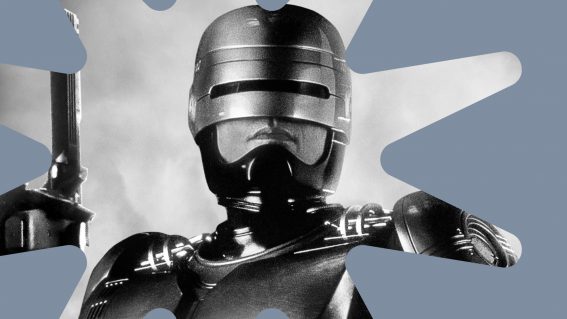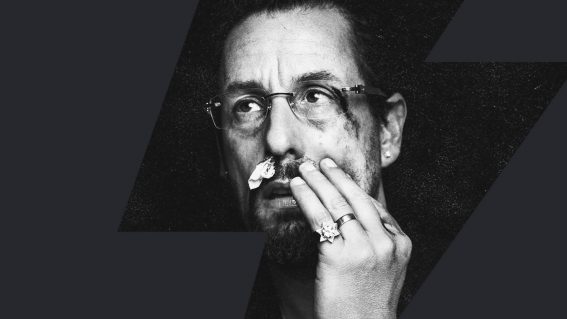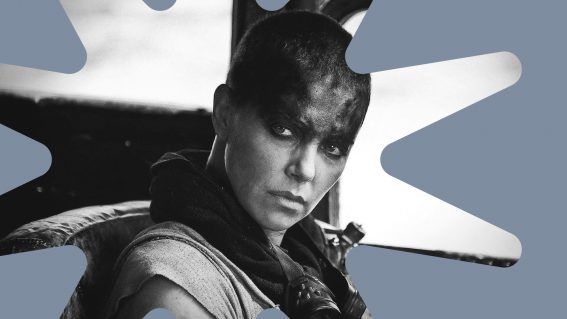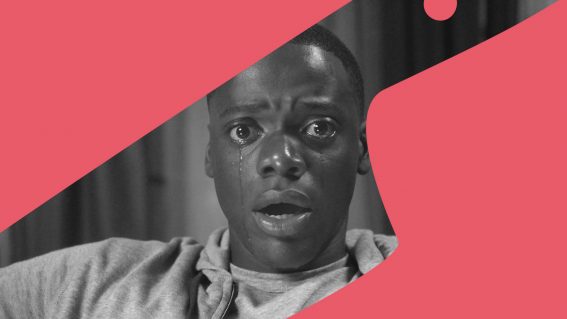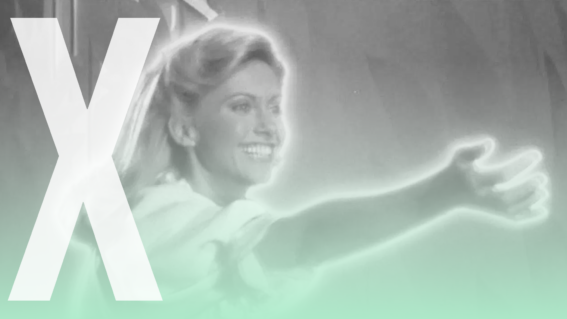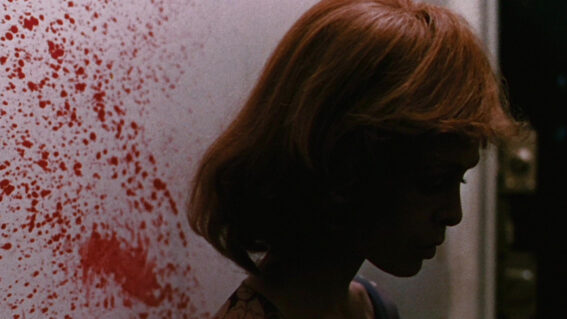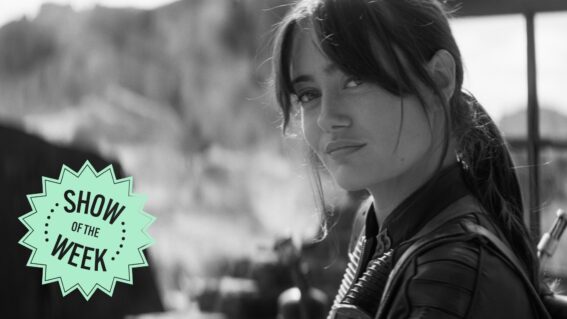30 years on, Tombstone stands tall as one of the best Westerns of the ’90s
A mix of the gritty and the glorious, of frontier history and Western myth.
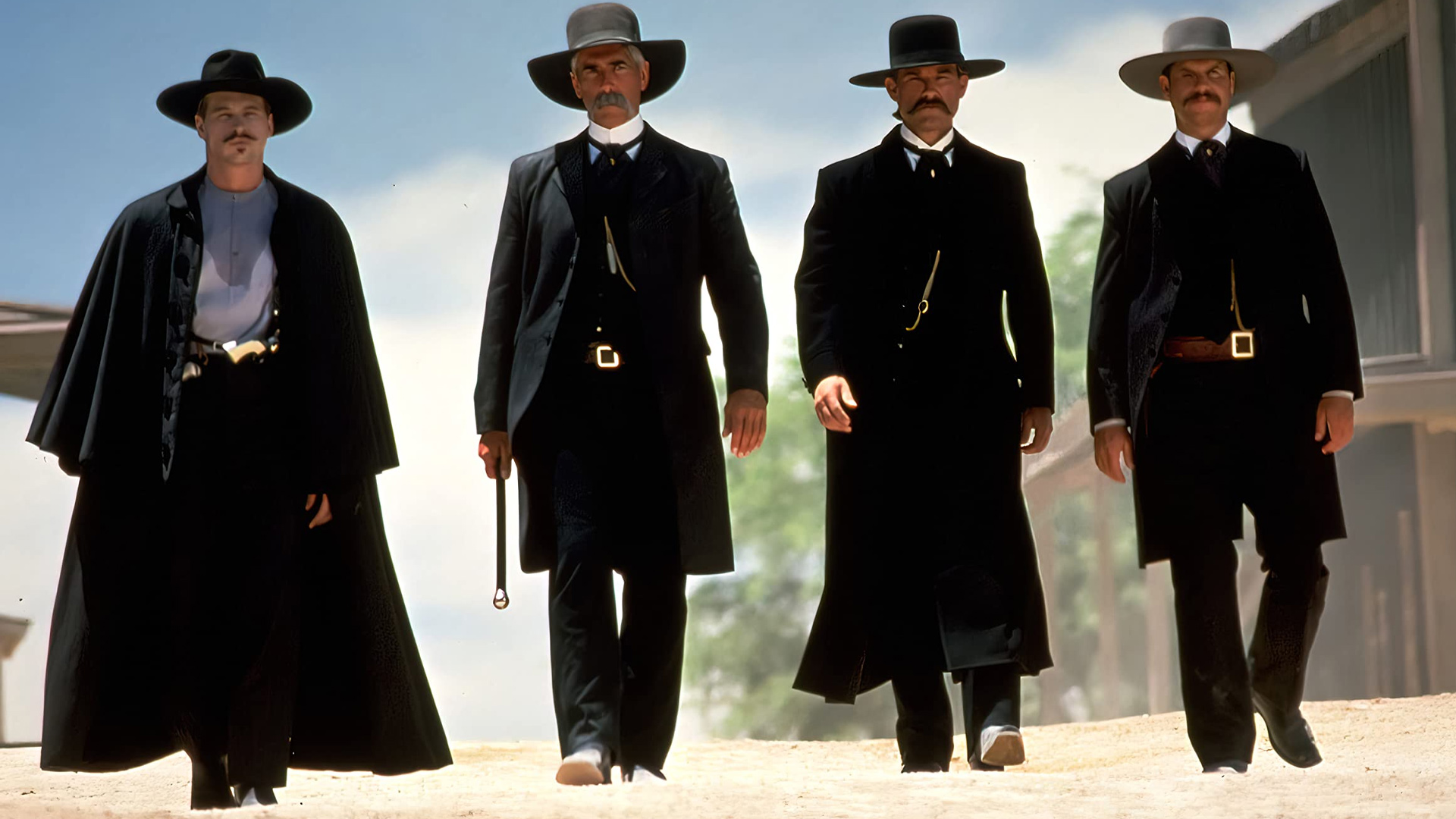
Three decades back, Kurt Russell starred in (and reputedly ghost-directed) a mix of the gritty and the glorious, of frontier history and Western myth. Travis Johnson takes a fresh look at 90s classic Tombstone.
If there’s a lesson to be learned from one of the big box office battles of the early ‘90s, perhaps it is this: while it’s fun to be important, it’s important to be fun.
Kevin Costner, riding high on the success of Dances with Wolves, wanted to make another capital-I-Important Western with the biopic Wyatt Earp. Directed by Lawrence Kasdan, it’s a vast, sweeping epic that spanned the legendary lawman’s entire life and boasts a stellar cast including Gene Hackman, Mark Harmon, Michael Madsen, Bill Pullman, and Dennis Quaid, with Costner naturally in the title role.
It tanked hard, failing to recoup its $63m budget.
Meanwhile, a scrappy little pic released six months previously managed to outperform Costner’s film at the box office and carve out a place in the collective unconsciousness that eluded the more prestigious Wyatt Earp. In part that was by realising that the most interesting element of the Earp story is the Gunfight at the OK Corral, and because we perhaps didn’t need to know if he got along with his father. 30 years old as of December 25th, Tombstone was a modest success at the time, but is now regarded as one of the best Wyatt Earp movies, and certainly one of the most beloved Westerns of the ’90s.
The irony is that Costner almost starred in Tombstone before creative clashes with screenwriter and original director Kevin Jarre saw him set up his own project and, if rumours are to be believed, used his considerable pull to scupper the smaller film at every turn. Tombstone almost didn’t enter production, receiving a green light only when Kurt Russell rode in to claim the lead role for himself.
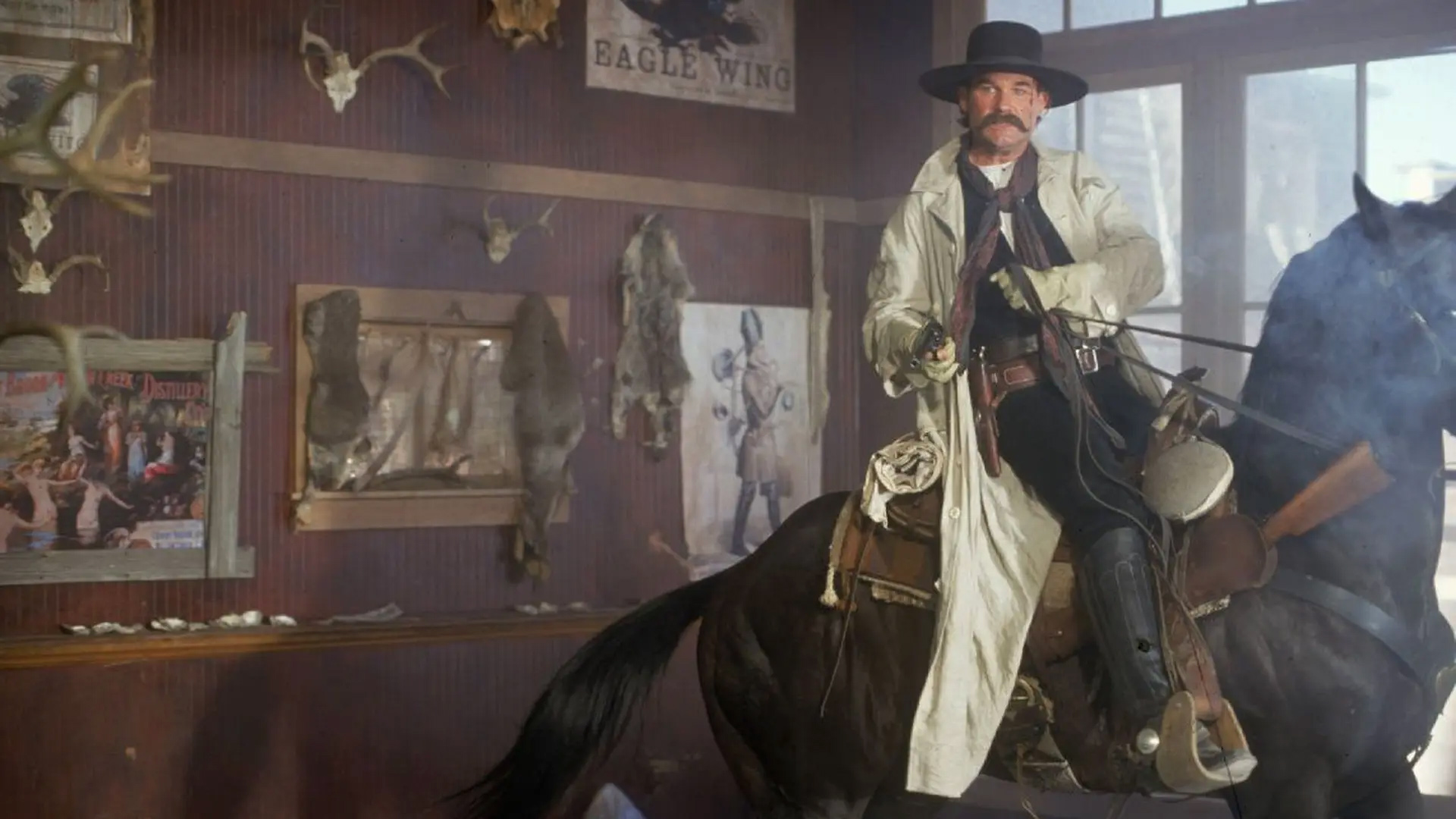
Indeed, Russell is widely regarded as the true author of the film. First-time director Jarre, a nut for the 1880s setting and stickler for period detail, quickly fell behind schedule once shooting began and needed to be replaced. Russell allegedly selected journeyman George P. Cosmatos on the advice of Sylvester Stallone, who had worked with him on Rambo: First Blood Part II and Cobra. Russell wanted a workhorse who would follow orders and effectively allow him to ghost-direct the film without breaking union rules. Other accounts vary, and with Cosmatos dead as of 2005 we may never know the truth—although based on co-star Val Kilmer’s account, it seemed a collaboration born out of the need to keep the whole production from collapsing.
That the film works at all is incredible; that it’s great is kind of a miracle. The broad strokes of the plot are familiar to any Western fan. Having hung up his guns, legendary lawman Wyatt Earp (Russell) seeks his fortune in the silver boomtown of Tombstone, along with his brothers Virgil (Sam Elliott, perfect) and Morgan (Bill Paxton). The Earps soon clash with the organised rustlers known as the Cowboys, led by Curly Bill Brocius (Powers Boothe), feral Ike Clanton (Stephen Lang), and murderous Johnny Ringo (Michael Biehn), and the stage is set for the most famous gunfight in history—and Earp’s rampage of revenge following the Cowboys’ retaliatory attacks on his brothers.
The cast is simply fantastic, a mix of seasoned character actors, surprising before-they-were-famous appearances, and the odd living legend—an ensemble that can boast Dana Delaney, Charlton Heston, Jason Priestley, Thomas Haden Church, Paula Malcomson, Michael Rooker, Billy Bob Thornton, Billy Zane, and Robert Mitchum on narrating duties (his original role as Old Man Clanton cut after he fell off his horse) is no slouch.
But while Kurt Russell gets top billing, the standout performance is unarguably Val Kilmer’s complex, brooding turn as the self-destructive gunman and gambler, Doc Holliday. Holliday is one of those roles that brings out the best in an actor. The sardonic, hair-trigger southern gentleman looking to go out in a hail of bullets rather than at the mercy of the tuberculosis ravaging his lungs has been played over the years by the likes of Jason Robards, Kirk Douglas, Tyrone Power, Walter Houston, and more— future Batman Adam West played him in three separate TV series in 1959 alone.
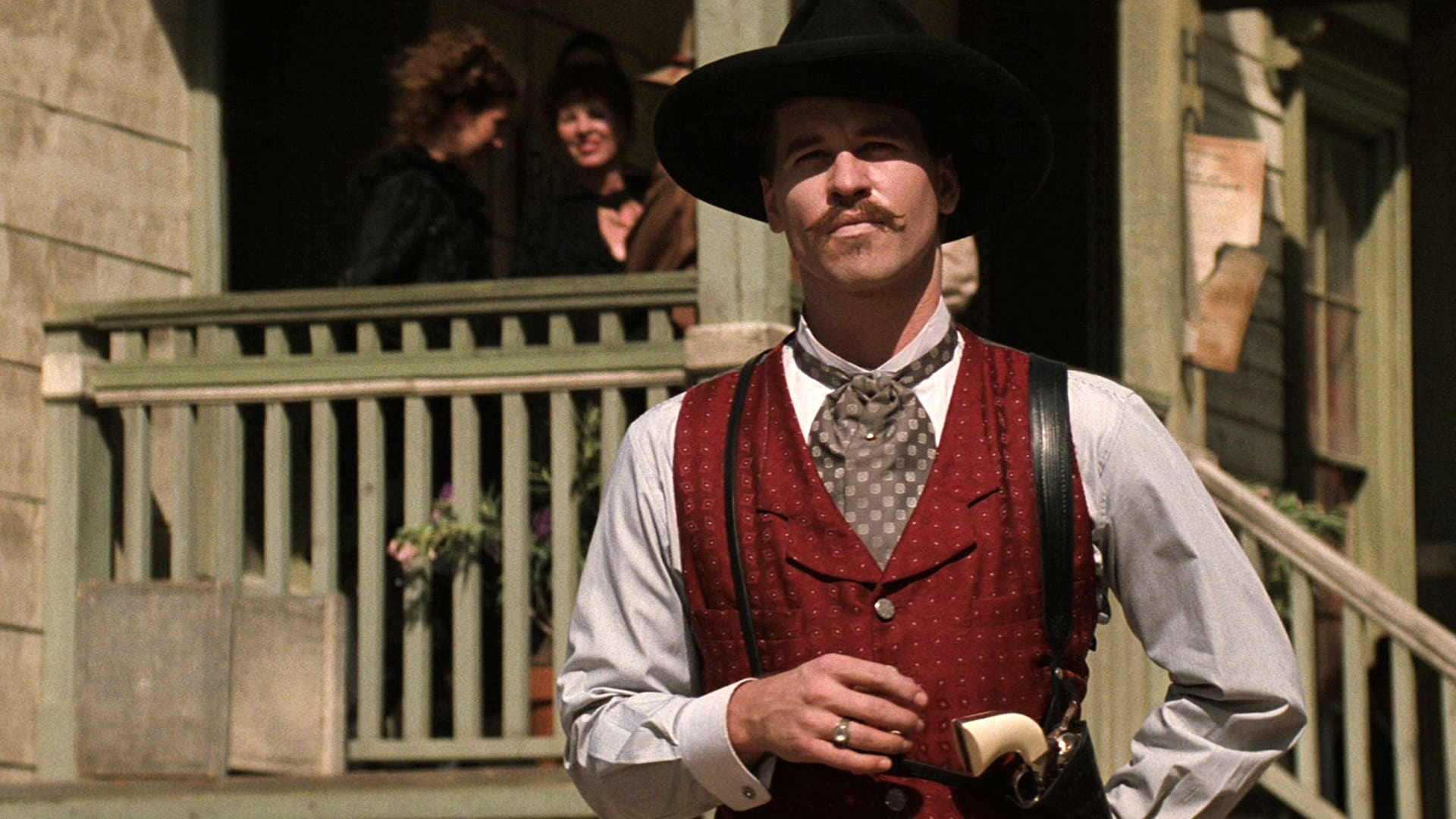
Still, Kilmer’s is the definitive take: volatile, deadpan, often bombastic, but occasionally revealing a bottomless well of pain. After hearing the ailing Doc say that he’s in the posse because Earp is his friend, ally Texas Jack Vermillion (Buck Taylor) remarks “Hell, I got lots of friends.” Doc’s reply as he stares into the middle distance is simple: “I don’t”.
Kilmer more than anyone sets the tone of the film. While Wyatt Earp strove for epic, Tombstone aims for operatic. The result is something of a three-penny opera, if we’re being honest, but the big histrionic moments are part of the fun—it’s the mix of the gritty and the glorious, of frontier history and Western myth. We can chalk the former up to Jarre’s production team, including production designer Catherine Hardwicke, who would go on to her own directing career. The latter seems more a product of Russell’s own sensibilities than Jarre’s original script, plus the demands of keeping a shaky production on track.
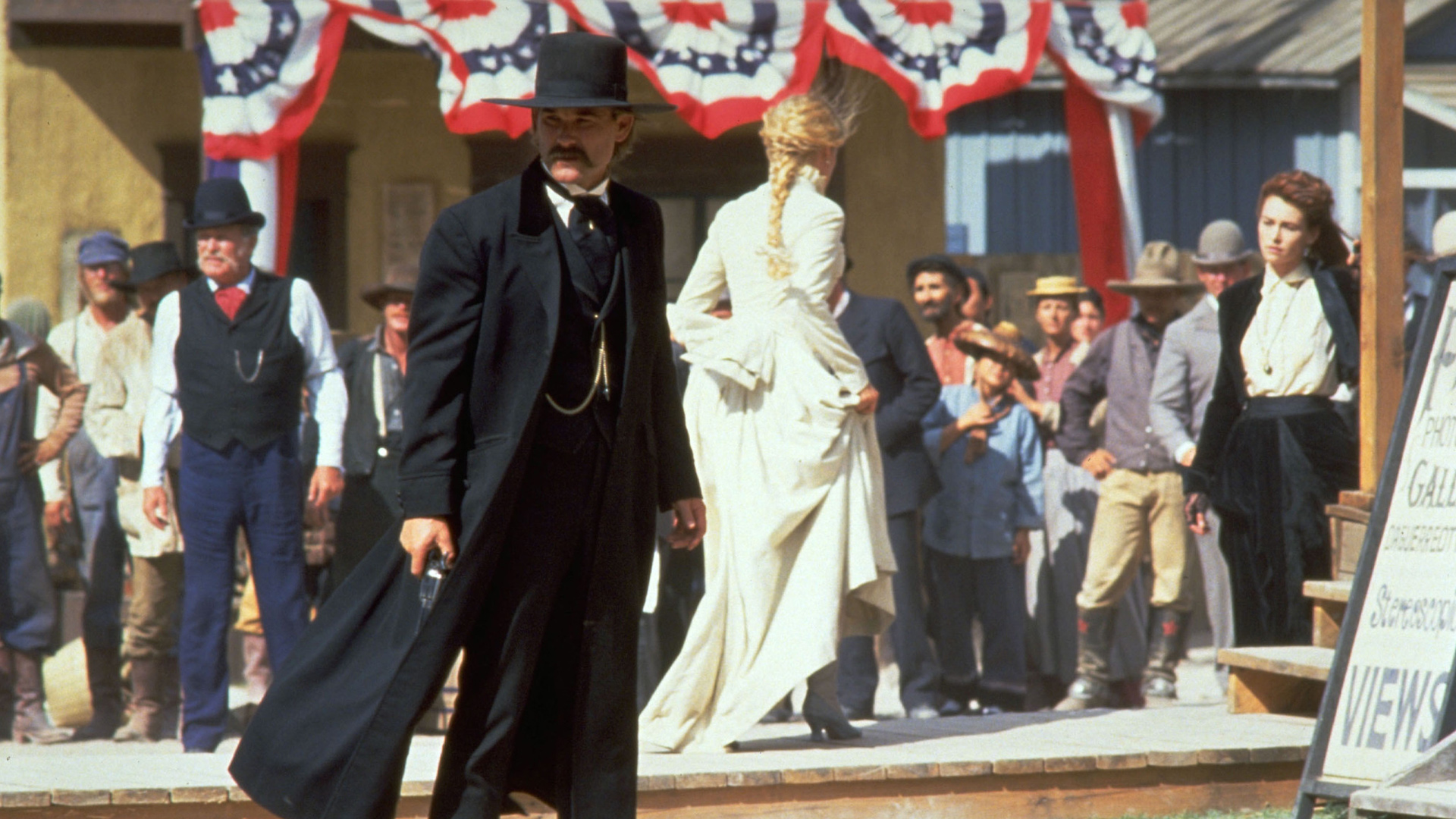
But it’s the combination that thrills – the attention to historical truth combined with the willingness to go large when drama demands, and a keen understanding of when to preference each. No sequence demonstrates this better than Tombstone’s handling of its central gunfight, which combines impressive attention to detail—Virgil really did swap his shotgun for Doc’s walking stick, there really was a house fire at the time—with a suitably cinematic framing of the actual fight.
As for historical accuracy, Tombstone is pretty good, but does cleave to well-worn hearsay and legendaria when it suits its story-telling purposes; Doc Holliday almost certainly didn’t kill Johnny Ringo, for one thing. Other events are excluded or conflated out of dramatic necessity; The wounding of Virgil Earp and the murder of Morgan occurred months apart. The absence of any inquiry into the Earps’ own morally dubious activities arguably serves both purposes, and never mind the strong possibility that the Gunfight at the OK Corral was more of a cold-blooded assassination than a high noon showdown, which also goes unaddressed; the 1971 film Doc, starring Stacy Keach in the title role, is a useful corrective.
Still, Westerns have a saying when it comes to this sort of thing: When the legend becomes fact, print the legend. And as the film’s tagline reminds us, while every town has a story, Tombstone has a legend.











